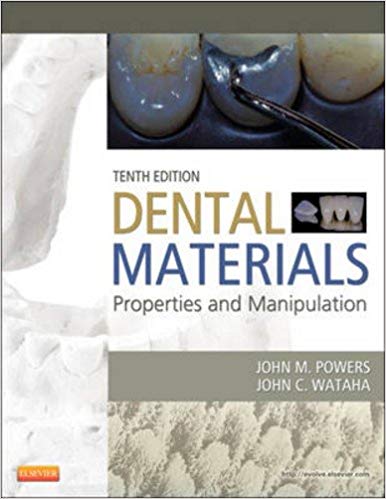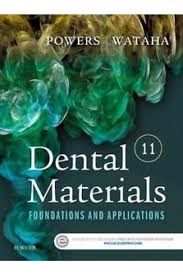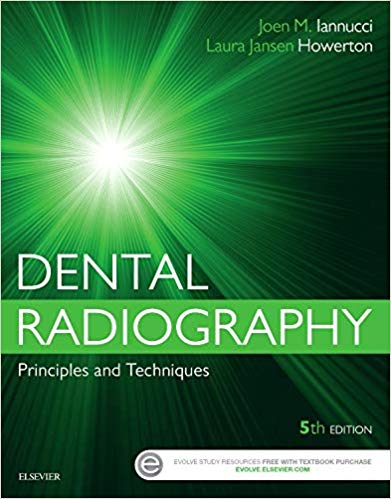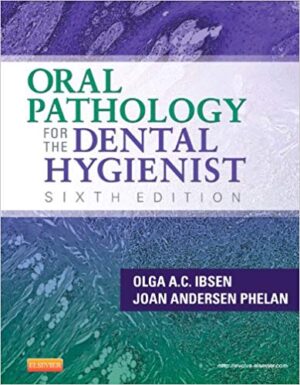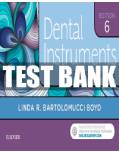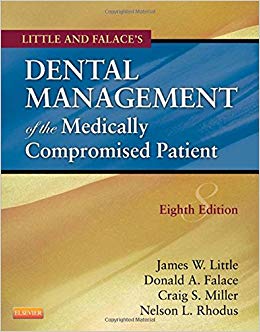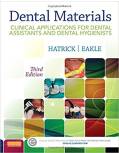Test Bank For Dental Materials Properties And Manipulation 10th Edition By John M. Powers
ISBN-13: 978-0323078368, ISBN-10: 0323078362
Chapter 01: Introduction to Restorative Dental Materials
Test Bank
MULTIPLE CHOICE
- Caries is caused by:
| A. | food debris. |
| B. | materia alba. |
| C. | bacterial plaque. |
| D. | salivary glycoproteins. |
| E. | acidic foodstuff. |
ANS: C
| Feedback | |
| A | Food debris does not have the structural organization of bacterial plaque biofilm. |
| B | Materia alba does not have the structural organization of bacterial plaque biofilm. |
| C | Caries is caused by bacterial plaque. |
| D | Salivary glycoproteins form the acquired enamel pellicle to which bacteria adhere. |
| E | Acidic foodstuff lowers pH and may demineralize teeth but does not directly cause decay. |
REF: Pg. 1
- Caries is most likely to occur on which of the following tooth surfaces?
| A. | Buccal |
| B. | Lingual |
| C. | Occlusal |
| D. | Interproximal |
| E. | C and D |
ANS: E
| Feedback | |
| A | Buccal surfaces are also susceptible to caries; however, there is less surface area left unchecked. |
| B | Lingual surfaces are also susceptible to caries; however, there is less surface area left unchecked. |
| C | Caries is most likely to occur in pits and fissures on the occlusal surface and on interproximal tooth surfaces where plaque accumulates unchecked. |
| D | Caries is most likely to occur in pits and fissures on the occlusal surface and on interproximal tooth surfaces where plaque accumulates unchecked. |
| E | Caries is most likely to occur in pits and fissures on the occlusal surface and on interproximal tooth surfaces where plaque accumulates unchecked. |
REF: Pg. 1
- Which of the following is an intracoronal restoration?
| A. | Ceramic-alloy crown on tooth number 21 |
| B. | Ceramic veneer on tooth number 8 |
| C. | Occlusal amalgam on tooth number 14 |
| D. | Ceramic onlay on tooth number 30 |
ANS: C
| Feedback | |
| A | The alternate choices are all extracoronal restorations used to repair the external. |
| B | The alternate choices are all extracoronal restorations used to repair the external. |
| C | An occlusal amalgam on tooth number 14 is an example of an intracoronal restoration, meaning that the restoration is being used to repair damage restricted to the internal parts of a tooth. |
| D | The alternate choices are all extracoronal restorations used to repair the external. |
REF: Pg. 2

